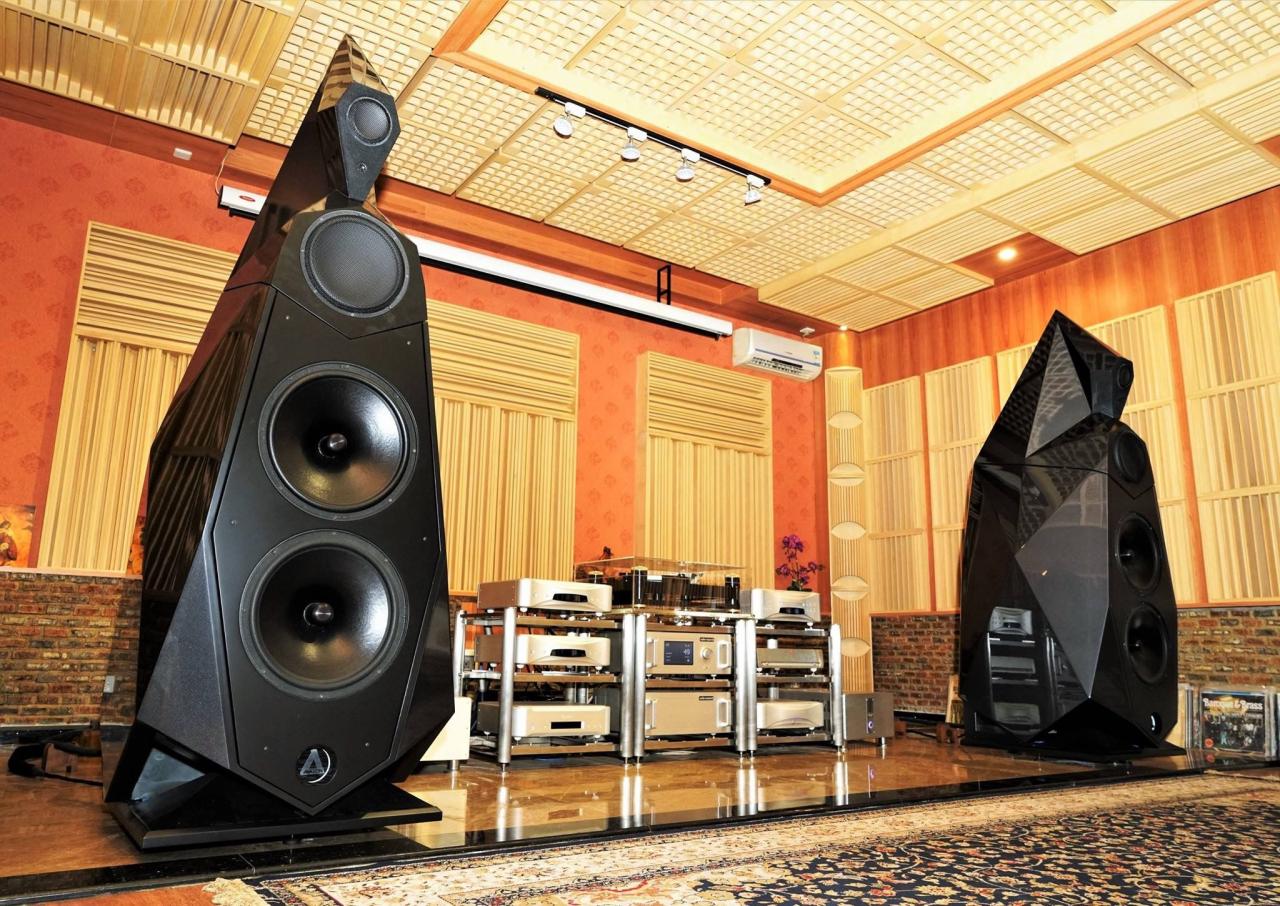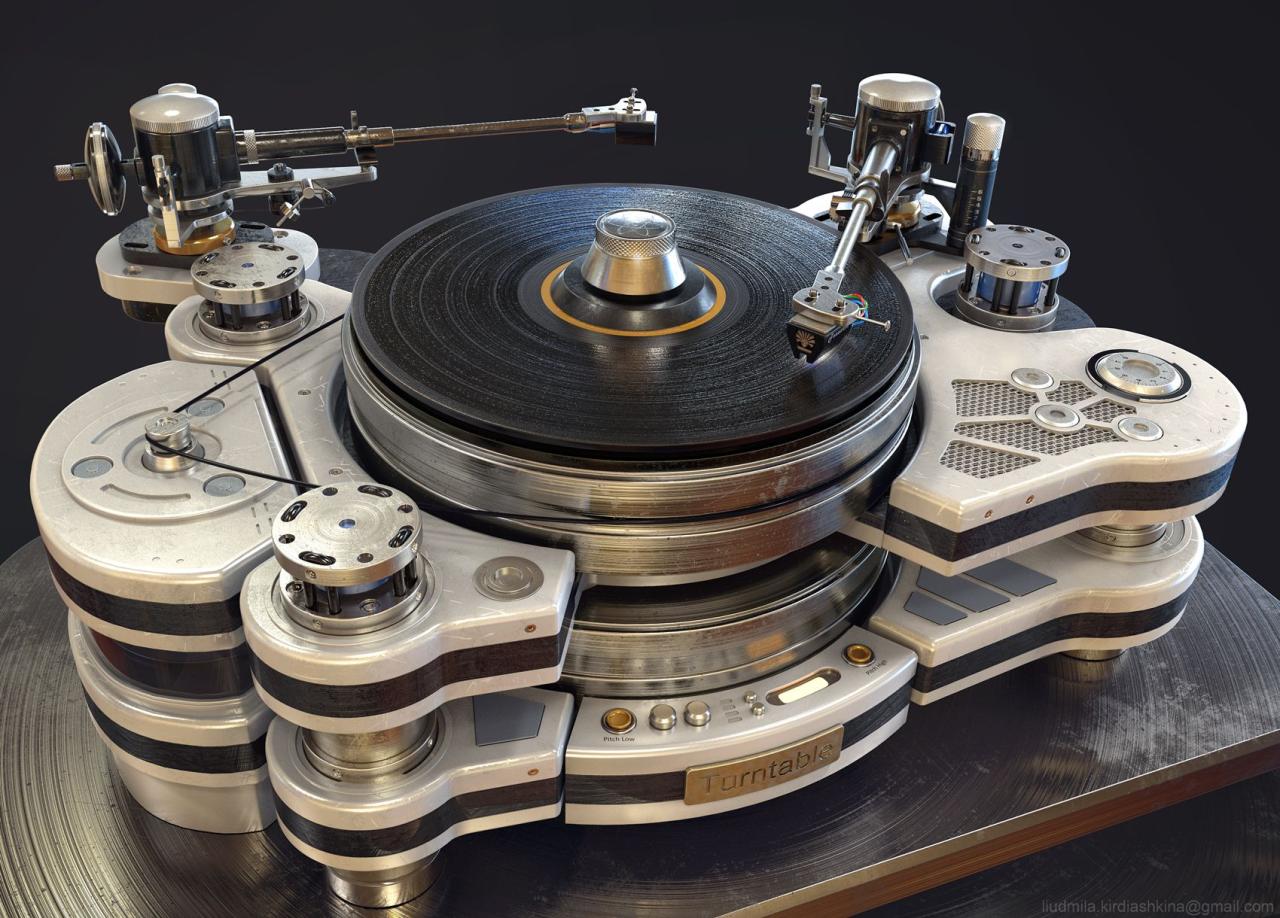Audiophile travel aetup – Audiophile Travel Setup: Imagine enjoying your favorite music with pristine audio quality, no matter where your adventures take you. This guide dives into creating a portable high-fidelity system, covering everything from choosing the right headphones and digital audio player (DAP) to managing power and minimizing noise. We’ll explore different components, techniques for optimal sound, and practical tips for keeping your setup safe and organized on the go.
Get ready to experience the ultimate in portable audio bliss!
We’ll walk you through selecting the best headphones for your needs, exploring the trade-offs between active noise cancellation (ANC) and passive noise isolation. We’ll also cover the importance of a good digital-to-analog converter (DAC) and amplifier (amp) for achieving high-fidelity sound from your digital audio files. Plus, we’ll provide practical advice on packing and maintaining your equipment to ensure years of enjoyable listening on your travels.
Noise Cancellation and Isolation

Choosing the right headphones for travel hinges heavily on their ability to block out unwanted sounds. Effective noise management significantly impacts your listening experience and overall travel comfort. Let’s delve into the world of noise cancellation and isolation to help you make an informed decision.Active Noise Cancellation (ANC) and Passive Noise Isolation represent two distinct approaches to achieving quiet.
Understanding their strengths and weaknesses will help you choose the best option for your needs and travel style.
Planning a trip? Don’t forget travel insurance! Seriously, it’s a lifesaver. Check out Aon travel insurance for comprehensive coverage. They offer a range of plans, so you can find one that fits your budget and adventure level. Then, if you’re heading for something more adventurous, Aon travel insurance might have specific options for extreme activities.
Get a quote today and travel worry-free!
Active Noise Cancellation (ANC) Technology in Different Environments
Active noise cancellation works by using microphones to detect ambient noise and then generating an inverse sound wave to counteract it. This technology excels in environments with consistent, low-frequency noise like airplane cabins and train carriages. The effectiveness of ANC, however, diminishes in environments with unpredictable or high-frequency sounds such as bustling city streets or construction sites. While ANC can significantly reduce the drone of an airplane engine, it might struggle to completely eliminate the chatter of fellow passengers or the screech of a nearby train.
High-quality ANC headphones often incorporate multiple microphones and advanced algorithms to improve performance across a wider range of frequencies and noise types.
So, you’re planning a trip? Awesome! Don’t forget travel insurance! Seriously, it’s a lifesaver. Check out Aon travel insurance for comprehensive coverage. They’ve got options for every adventure, from relaxing beach vacations to adrenaline-pumping hikes. And if you’re feeling extra adventurous, Aon travel insurance also offers specialized plans for extreme sports and activities, ensuring you’re covered no matter what.
Comparison of ANC Headphones and Passive Noise Isolation Headphones
ANC headphones offer superior noise reduction in consistent, low-frequency noise environments, but they typically come with a higher price tag and increased battery dependency. Passive noise isolation, on the other hand, relies on the physical design of the headphones to block sound. This usually involves thick earcups and a snug fit. While passive isolation is less effective at eliminating noise compared to ANC, particularly low frequencies, it provides a consistently reliable level of sound reduction without needing batteries.
In terms of sound quality, the impact of noise cancellation technology can vary. Some ANC implementations can slightly affect the clarity or frequency response of the audio, while passive noise isolation generally has a less noticeable impact on sound quality. Portability is another key factor; ANC headphones often come with larger, bulkier designs due to the inclusion of batteries and microphones.
Passive noise-isolating headphones can be significantly more compact and lightweight.
Environmental Noise and Audio Perception During Travel
Environmental noise significantly impacts the listening experience during travel. The constant hum of an airplane engine, the clatter of a train, or the cacophony of a busy street can mask subtle details in your music, making it harder to appreciate the nuances of the audio. This can lead to listener fatigue, requiring you to increase the volume to compensate, potentially damaging your hearing.
The brain has to work harder to filter out unwanted sounds, impacting your overall enjoyment and potentially leading to stress and discomfort. Choosing headphones with effective noise-reduction capabilities is crucial to preserving the quality of your audio experience and protecting your hearing.
Optimizing Headphone Fit for Maximum Noise Isolation
Proper fit is paramount for maximizing noise isolation, regardless of whether you’re using ANC or passive noise isolation headphones. Ensure the earcups create a complete seal around your ears. For over-ear headphones, adjust the headband to achieve a comfortable but snug fit. For in-ear headphones, experiment with different ear tip sizes to find the ones that provide the best seal.
A proper seal minimizes the amount of outside noise that can penetrate the earcups. Consider factors such as the shape and size of your ears when selecting headphones and ear tips. Poorly fitting headphones will allow ambient noise to leak in, significantly reducing the effectiveness of noise cancellation and isolation technologies. A good fit not only improves noise reduction but also enhances comfort during extended listening sessions.
Headphone Selection and Care

Choosing the right headphones for travel, especially if you’re an audiophile, involves considering portability, sound quality, and durability. This section will guide you through selecting suitable headphones, maintaining them for optimal performance, and understanding the impact of different cable types.
Types of Headphones Ideal for Travel
Selecting the right headphones for travel depends heavily on your priorities. Three main types stand out for audiophiles: over-ear, on-ear, and in-ear (IEMs). Each offers a unique balance of sound quality, portability, and comfort.
- Over-ear Headphones: These offer the best sound isolation and often the highest fidelity. Their larger drivers and more spacious design can deliver a richer, more detailed soundscape. However, they are bulkier and less portable than other options. Examples include models from brands like Sennheiser, Beyerdynamic, and Audeze.
- On-ear Headphones: A compromise between over-ear and in-ear, on-ear headphones are more compact and lighter than over-ear, making them more travel-friendly. Sound quality is generally good, but isolation and comfort can be less impressive, especially during longer journeys. Look for models with comfortable earcups and good clamping force.
- In-ear Monitors (IEMs): These are the most portable option, easily fitting in a pocket or bag. High-end IEMs can offer surprisingly detailed sound, and many provide excellent noise isolation. However, comfort can be an issue for some users, and extended listening sessions might lead to ear fatigue. Brands like Shure, Westone, and Campfire Audio are known for their audiophile-grade IEMs.
Cleaning and Maintaining Headphones
Proper cleaning and maintenance extend the lifespan of your headphones and maintain their sound quality. Follow these steps for optimal care:
- Regular Cleaning: Wipe down the earcups, headband, and cable with a slightly damp, soft microfiber cloth after each use. This removes sweat, oils, and dust.
- Deep Cleaning: Once a month, use a cotton swab dipped in isopropyl alcohol (70%) to clean hard-to-reach areas. Be gentle and avoid getting liquid inside the headphone drivers.
- Cable Care: Avoid twisting or knotting the cable. Use a cable organizer or wrap it neatly to prevent damage. If the cable becomes dirty, gently wipe it down with a damp cloth.
- Storage: Store your headphones in their original case or a protective bag when not in use to protect them from scratches and dust.
Impact of Different Headphone Cable Types
The type of headphone cable influences both sound quality and portability.
- Single-ended Cables: These are the most common type, featuring a single connector at each end. They are generally more affordable and readily available but may be more susceptible to noise interference.
- Balanced Cables: These use two separate conductors for each channel, resulting in reduced noise and potentially improved sound clarity. They offer superior signal transmission but are typically more expensive and less portable due to the larger connector.
The choice depends on your budget and how much you value noise reduction and sonic fidelity.
Proper Packing of Headphones for Travel, Audiophile travel aetup
Imagine your headphones nestled securely within a padded case. The case itself is placed inside a larger bag, ideally a dedicated electronics organizer or a suitcase’s zippered compartment. The headphones are not compressed, allowing the earcups and headband to maintain their shape. The cable is neatly coiled and secured to prevent tangling. This prevents undue stress on the components and keeps them safe during transit.
Building your perfect audiophile travel setup is about more than just the gear; it’s about curating a listening experience that enhances your journeys. By carefully considering the components, optimizing for noise reduction, and prioritizing protection, you can transform any trip into a sonic adventure. So pack your bags, your headphones, and your favorite music – your perfect audiophile travel companion awaits!
Helpful Answers: Audiophile Travel Aetup
What file formats are best for portable audio?
FLAC and WAV offer lossless audio quality, but require more storage space. MP3 is smaller, but sacrifices some audio fidelity.
How do I choose between ANC and passive noise isolation headphones?
ANC actively cancels noise, great for planes, but can impact sound quality slightly. Passive isolation relies on physical design, offering good sound but less noise reduction.
What’s the best way to clean my headphones?
Use a soft, dry cloth for the earcups and a slightly damp cloth for the headband. Avoid harsh chemicals.
How long do portable DAC/amps typically last on a single charge?
This varies greatly depending on the model. Check the specifications before purchasing. Generally, you can expect anywhere from 4-12 hours of playtime.